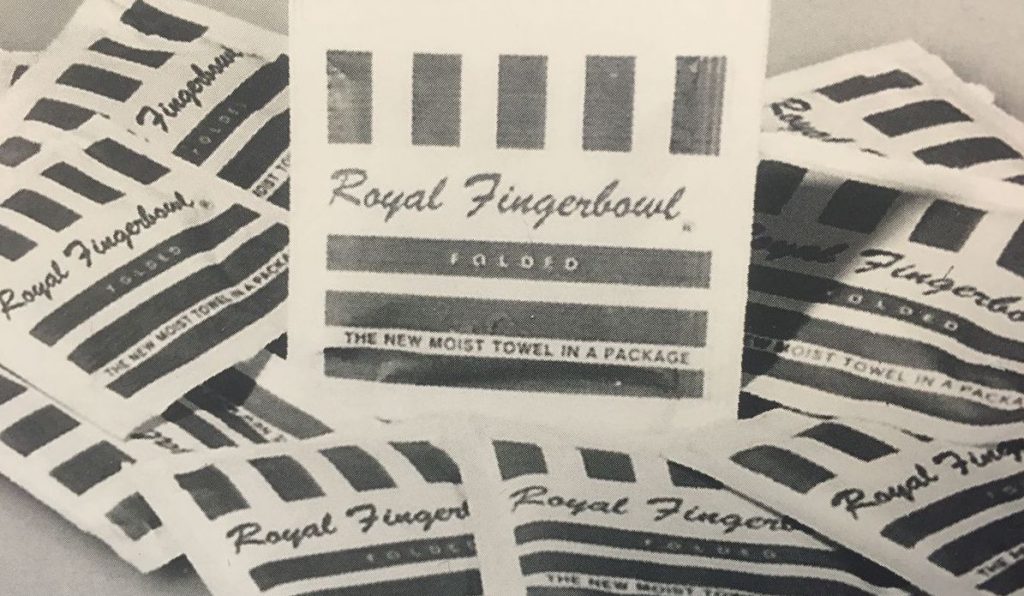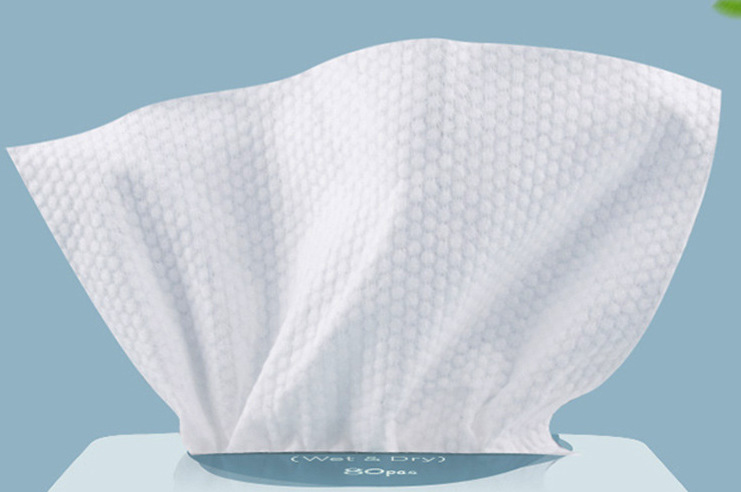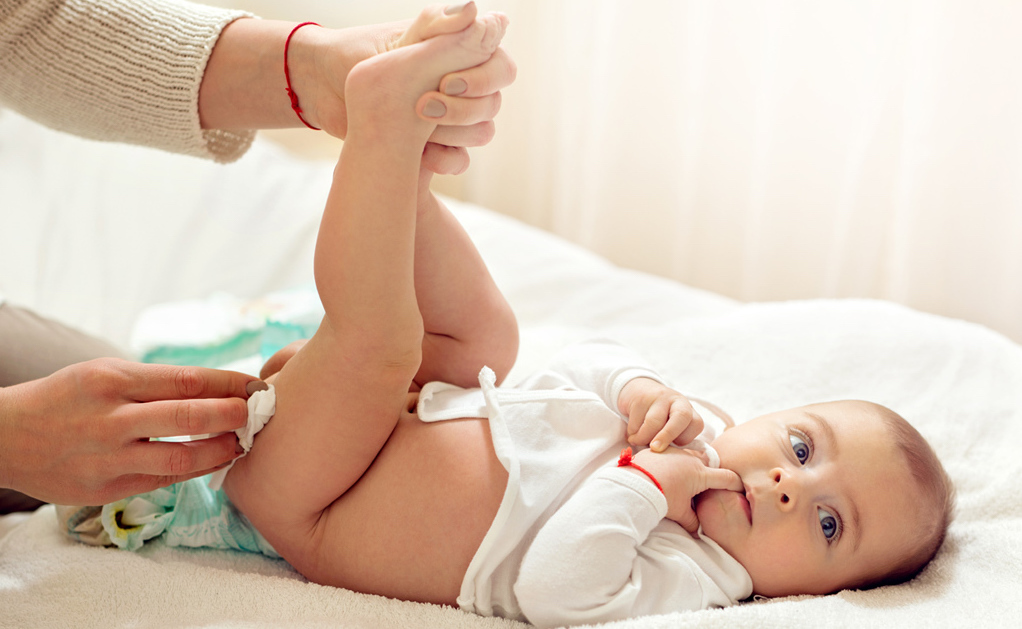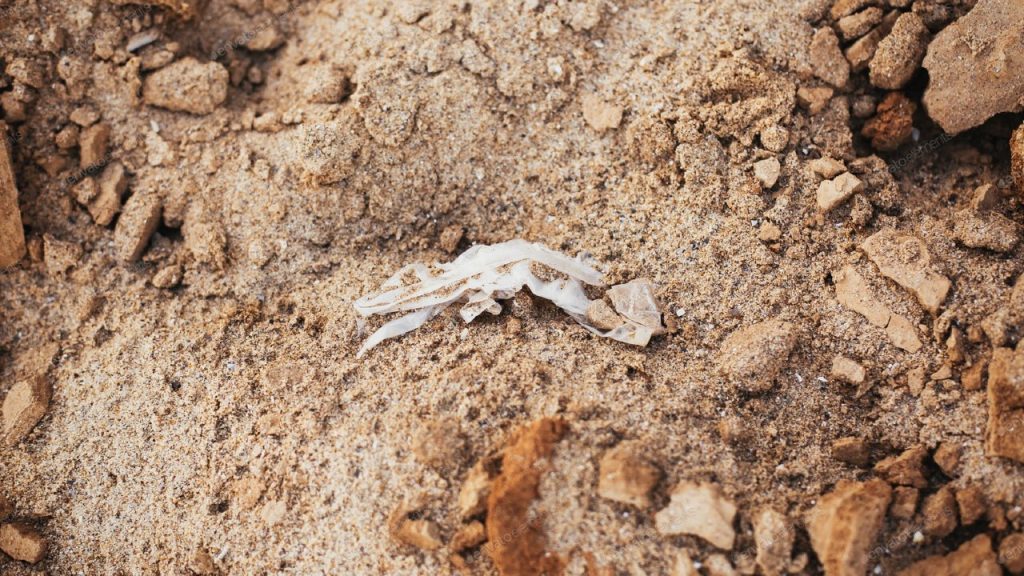Wet Wipes Explained
Wet wipes are versatile to use for any purpose from personal hygiene to household cleaning. Let’s get to know better these occasionally life-saving products.
The inventor of the wet wipes is an American man called Arthur Julius. Working in the cosmetics industry, Julius trademarked the name Wet-Nap in 1958. He shared his invention at the 1960 National Restaurant Show in Chicago. Later on, in 1963, he started selling Wet-Naps to widely known fast food franchise KFC.

What are Wet Wipes?
Disposable wet wipes are moistened pieces of non-woven fabric that are used to clean or for hygienic purposes. Different names can be used. Some are “wet towel”, “moist towelette”, “disposable wipe”, “disinfecting wipe” or a “baby wipe”.
Structure of Wet Wipes
Many raw materials can be used in the production of these products. Bamboo, rayon, or plastic are three optional materials to use in production. The cleansing solution may also vary depending on the brand and purpose. Manufacturers are free to add fragrance or moisturizing agents into the products as they please to make the product stand out.

A Practical Cleaning Option
Wet wipes are divided into multiple categories regarding their purposes. These categories are Baby wipes, personal hygiene, cleansing pads, industrial wipes, pain relief, pet care, healthcare. Out of all these categories, “baby wipes” is the most popular one.

Disposable baby diapers make diaper changes a lot easier and more convenient. They are specially designed with gentle formulas for sensitive baby skin. Based on consumer preferences, baby wipes can be scented, unscented, fragrance-free, and sensitive. Each brand’s formulas and wipe materials are unique.
Apart from diaper changing, baby wipes can also be used while cleaning hands, surfaces, or toys.
Impact on the Environment
Except for the specially produced ones, wet wipes should not be flushed down the toilets. They are non-woven materials, bonded together using resins, chemicals, or high pressure. This prevents them from breaking apart or dissolve in water which can lead to sewer blockages.

